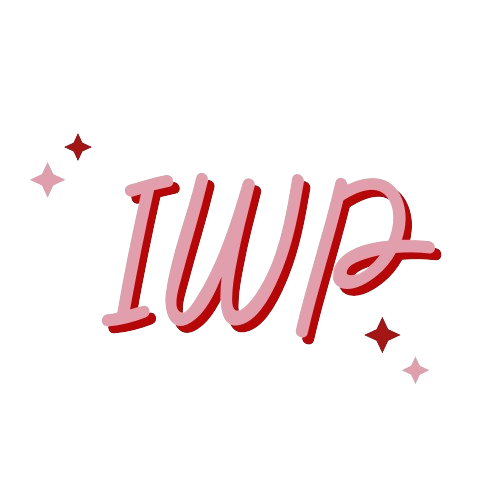Warning: You are now entering the nerd zone*.
*Fake or real glasses recommended.
If folks are looking for a copy of any of the texts below,
send me an email and I’ll do my best to hook you up.
Common mxnstrual health concerns (including PCOS, endometriosis, and fibroids) and resources for treating them through holistic healing methods:
Anything from fertilityfriday.com (book, podcast, freebies)
Holistic mxnstrual health approaches (physical, mental, spiritual, and emotional):
Bhandal, T. (2019). Self-Care Down There: An All Genders Guide to Vaginal Wellbeing. New York, NY: Simon & Schuster.
Nimisha on the moon cycle and nutrition https://mooncyclenutrition.com/about/
Anderson, Kim. (2011). Life stages and Native women: Memory, teachings, and story medicine. Winnipeg, CA: University of Manitoba Press.
Feels about Polycystic Ovaries Syndrome (PCOS) aka Anovulatory Androgen Expression (AAE):
Buddhavarapu, S. (2019). Bearding, balding, and infertile: Polycystic ovary syndrome (PCOS) and nationalist discourse in India. Journal of Medical Humanities.
Buddhavarapu, S. (2019). The weight of a cherry blossom. New Delhi, IN: Rupa Publications.
https://www.cemcor.ubc.ca/resources/topics/anovulatory-androgen-excess-aae
Some viewpoints about hormonal birth control (the pill, the patch, the hormonal IUD, the shot, the ring):
Grigg-Spall, H. (2013). Sweetening the pill: Or how we got hooked on hormonal birth control. Alresford, UK: John Hunt Publishing.
Anything from Amanda Laird (book, podcast, freebies) http://amandalaird.ca
Prior, J. C. (2016). Apply the precautionary principle concerning combined hormonal contraception use in adolescents. Women's Reproductive Health, 3(2), 113-116. doi: 10.1080/23293691.2016.1196086
Intersectional, Indigenizing perspectives on health and healing
Batacharya, S., & Wong, Y.-L. R. (Eds.). (2018). Sharing breath: Embodied learning and decolonization. Edmonton, CA: AU Press.
Browne, A & Reimer-Kirkham, S. Toward a critical theoretical interpretation of social justice discourses in nursing. Advances in Nursing Science. 29(4), 324-339.
Harker-Smith, M. Potent not pollutant: Exploring menstruation in the Māori world. N8vdaughter.com
Kaur, Nikky. (2005). The birth of the Khalsa. A feminist re-memory of Sikh identity. Albany, US: SUNY Press.
Ahenakew, C. (2011). The birth of the ‘Windigo’: The construction of Aboriginal health in biomedical and traditional Indigenous models of medicine. Critical Literacy: Theories and Practices, 5(1), 14-26.
Alberts, C. K. (2018). We are dancing for you: Native feminisms & the revitalization of women's coming-of-age ceremonies (cutcha risling baldy). Transmotion, 4(2), 192-194.
Fahs, B., Gonzalez, J., Coursey, R., & Robinson-Cestaro, S. (2014). Cycling together: Menstrual synchrony as a projection of gendered solidarity. Women's Reproductive Health, 1(2), 90-105. doi: 10.1080/23293691.2014.966029
Crenshaw, K. (2020). She coined the term ‘intersectionality’ over 30 years ago. Here’s what it means to her today. Retrieved from https://time.com/5786710/kimberle-crenshaw-intersectionality/
Brown, A. M. (2019). Pleasure activism: The politics of feeling good. Chico, US: AK Press.
